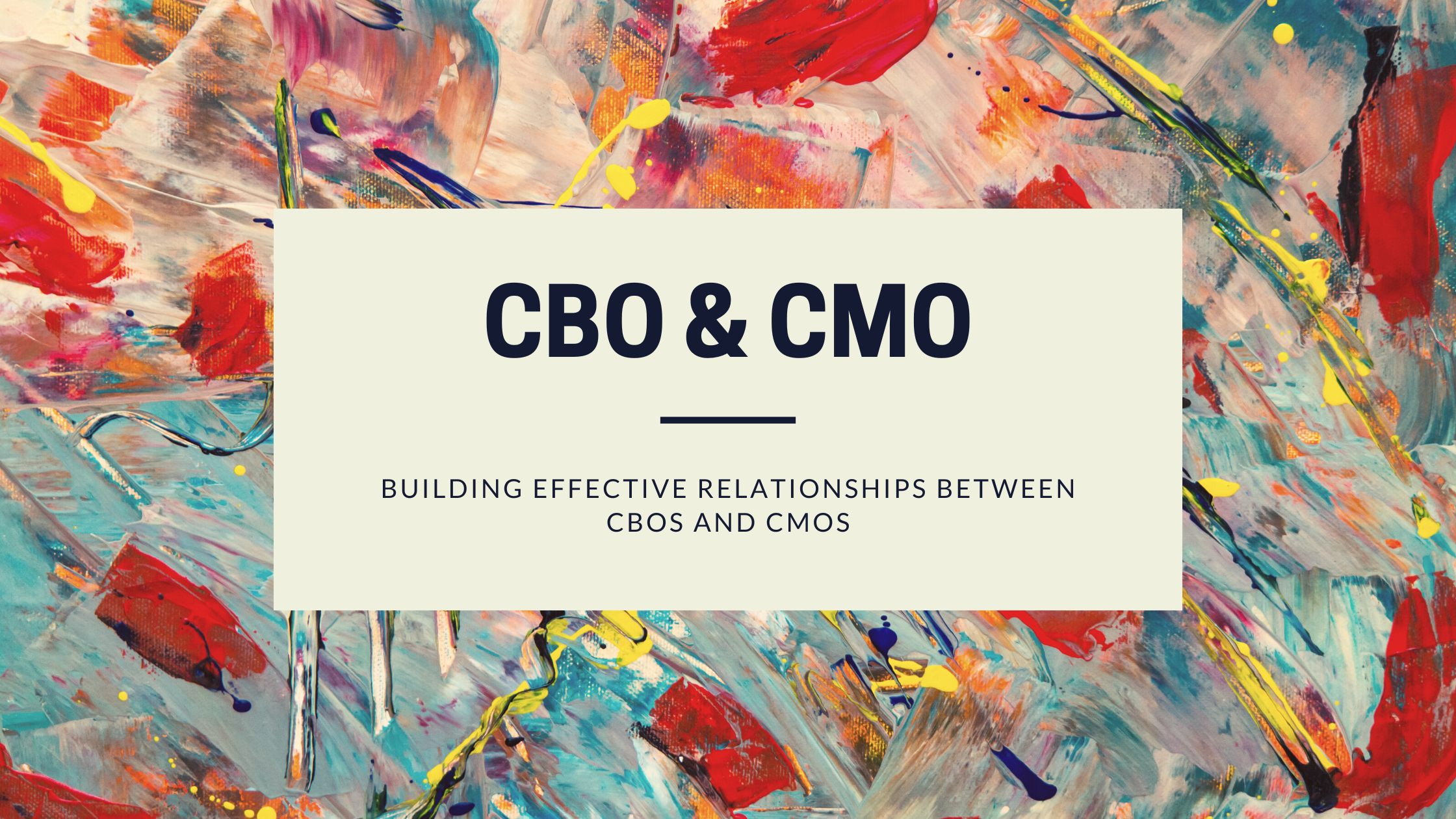As technology becomes more prevalent, marketers must work to appeal to users that spend a significant amount of time surfing the web. Fewer people have traditional television where advertisers know commercials must be viewed. Most people install some kind of ad-blocker on their computer so they aren’t bothered by ads when browsing online. Millions pay for online streaming services that boast about their lack of ads, so people choose to watch television on these sites. Even when browsing social media, users find a way to block ads or simply ignore them.
There is a demand for technology-driven experiences because finally brands understand that the key to breaking through is delivering an authentic impression on the audience. In order to continue courting profits for companies and keep online marketing relevant, we must develop new methods. We must strive to make online ads more enticing and increase the chance that users will click on the ad. If you’re still skeptical about the state of digital advertising, take a look at these stats about online ads and see for yourself why the industry needs to be revolutionized.
- Around the world, ad-blocking increased by 41% in the last year.
The amount of ad-blocking continuously increases and provides a huge problem to people who work with digital advertising. Before, ad-blockers were unsophisticated and not terribly hard to work around or trick. Now, ad-blockers can block pretty much all ads, even on most sites that require users to disable their ad-blocker to view sponsored ads (for example, certain online streaming services). Ad-blockers are useful for spam that harasses users, but it can be devastating to companies that rely on online marketing.
- A third of users on the internet consider online ads “intolerable.”
The prevalence of ad-blockers leads to this next fact; a third of internet users view online ads as “intolerable,” not even just annoying. This mindset leads to people doing whatever they can to avoid seeing or listening to online ads, which accounts for the popularity of paid services that lack ads in addition to the large amount of ad-blockers available as downloads or browser extensions. Users are willing to download, and sometimes even pay for, ad-blockers that allow them to browse the internet in relative peace.
- Over half of users avoid clicking any banner ads because they view these ads as untrustworthy.
Intertwined with the widespread use of ad-blockers and people considering ads as “intolerable” is the general public’s view of the trustworthiness of these ads. We’ve been inundated with facts about the risks of sharing information online that can lead to identity or financial theft. You likely personally know someone who had their credit cards compromised from a bad purchase online or ended up with a computer virus because they clicked the wrong link. Sometimes, viruses do masquerade as ads, but if you’re informed, you can usually avoid the suspicious ads. Since consumers have this attitude, it’s important that digital advertisers do their best to make sure their ads look professional and legitimate.
- Millennials are incredibly more likely to ignore digital ads than traditional ones on television, radio, or in print.
The most concerning stat is this one. Millennials are a huge generation and make up the majority of online users. Soon, this generation will become the consumer group that’s making a significant amount of purchases for their homes and families. While millennials do a lot of shopping online, they’re experts at ignoring online ads that pop-up on the side of the page as they’re browsing social media. Marketers need to work on crafting digital advertisements that appeal to this demographic and actually catch and hold their attention.





